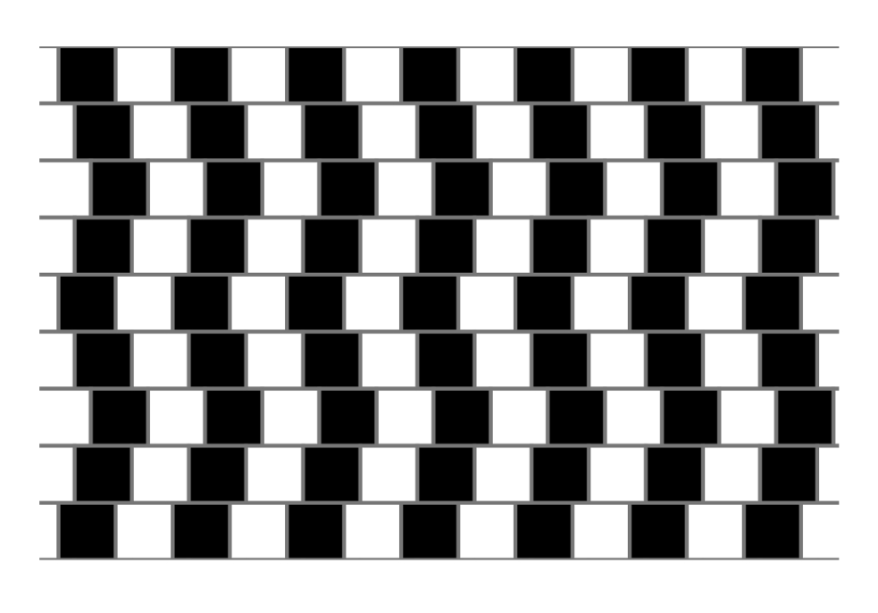Don’t Always Believe What You See: The Truth About Wi-Fi 7 Performance
Table of contents
Don't Always Believe What You See
How Wi-Fi 7's specifications and optical illusions.
Inside the Wi-Fi House
A look at Excentis' real-world testing environment.
The Test: Three Wi-Fi 7 Clients, Identical on Paper
Three Wi-Fi 7 clients, identical on paper, but not in performance.
Specs Aren’t The Whole Story
Understanding the real factors that impact Wi-Fi 7 performance.
What did we learn?
What this means if you're deploying or validating Wi-Fi 7.
Download the Full Field Report
Get all the technical details and results in one place.
You’ve seen it before: the illusion where straight lines appear to bend, or dark spots flicker where none actually exist. Optical illusions are fascinating because they reveal how easily our perceptions can be fooled, even when all the facts are right in front of us.

The same can be said for Wi-Fi 7.
With the arrival of Wi-Fi 7, also known as the Extremely High Throughput (EHT) standard, the industry is buzzing with excitement. Promising data rates up to 46 Gbps, wider 320 MHz channels, 4096-QAM, and Multi-Link Operation (MLO), Wi-Fi 7 appears to be a giant leap forward.
But here’s the catch: just like those illusions, not everything is as it seems.
At Excentis, we wanted to look past the marketing sheets and spec comparisons. We wanted to know:
What really happens when Wi-Fi 7 devices are put into real-world conditions?
Curious how these next-gen features hold up under pressure?
Inside the Wi-Fi House
This isn’t your typical lab. The Excentis Wi-Fi House is a fully constructed residential testing environment made of real materials (concrete, wood, and metal) designed to replicate the unpredictable nature of home Wi-Fi use.
It simulates the actual challenges users face:
- Thick walls
- Multiple devices
- Roaming between rooms
- Weak signal zones
Using our ByteBlower + Endpoint system, we can generate consistent, automated traffic flows while measuring exactly how each device handles pressure.
The Test: Three Wi-Fi 7 Clients, Identical on Paper
We selected three PCI-E Wi-Fi 7 network adapters, each powered by a different chipset. According to the spec sheets, these clients should have performed similarly. They all supported the key Wi-Fi 7 features. They all claimed high throughput. Nothing stood out, until we started testing.
What we uncovered was surprising.
Despite matching specs, the performance between the devices was far from identical.
Specs Aren’t the Whole Story
This testing experience confirmed something we’ve always believed: real performance doesn’t live on a spec sheet.
So, What Did We Learn?
We won’t spoil the results here. But let’s just say the gap between expectation and reality was... noticeable. Identical specs don’t guarantee identical experiences, not even close.
If you're a network engineer, ISP, or device vendor looking to deploy or validate Wi-Fi 7 solutions, this insight is critical. Because what looks good on paper might perform wildly differently when real users are involved.
Avoid surprises. Know what you're really buying into.
Final Takeaway
Our full field report takes you through the entire process, from the test setup and feature deep-dives to the surprising outcomes that emerged. If you're serious about delivering high-performance Wi-Fi to your customers or validating devices for production, this report is a must-read.



























